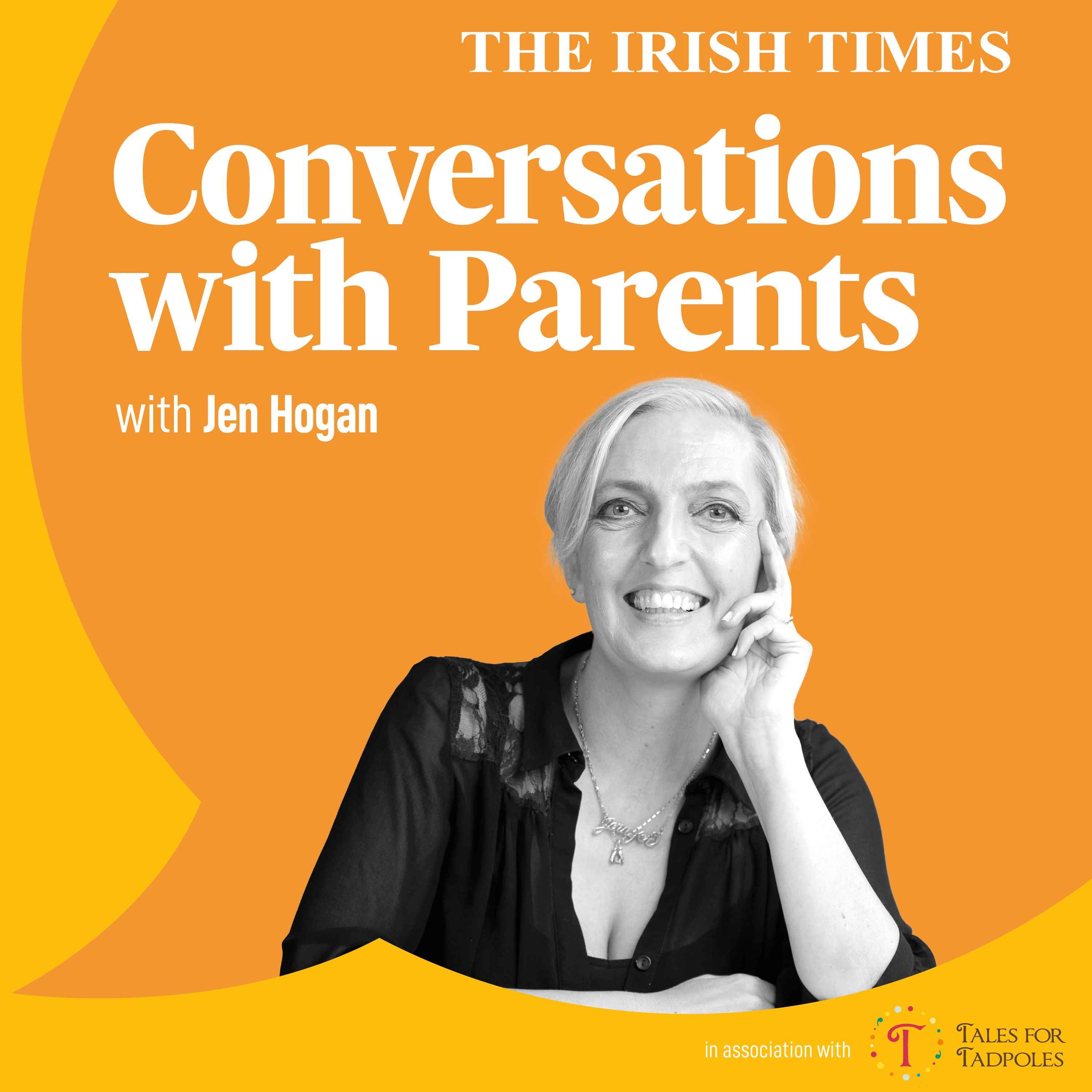There were several points during a preview screening of Good Boy, the first ever RTÉ Player sitcom, where the laughs on the page were landing, the comedy timing spot on, the pathos executed with a deft directorial hand and star Tony Cantwell’s facial expressions such a rubbery delight where I had the thought “but this is good enough to be on actual television”.
And then I remembered that this was the old-school way of thinking and I needed to reprogramme myself to the reality of how younger viewers – that is, viewers younger than me – now consume entertainment.
In 2024, its status as a Player Original is not just an accurate reflection of how this show was commissioned by RTÉ, it will likely help the series – in which Cantwell’s character navigates the whirl of his 30s, career woes and attention deficit hyperactivity disorder (ADHD) – reach the audience who will appreciate it the most.
RTÉ has not been shy about promoting Good Boy, which will be uploaded to the player on Wednesday. Cantwell, conscious that director general Kevin Bakhurst was present at the screening in Dublin’s Savoy cinema, was quick to say there was “definitely huge scope” for a second series. This seemed to me, having seen three of the four short episodes made to date, to be self-evident. Why bring all these comic ingredients together if you’re not going to let them fully cook?
READ MORE

Tony Cantwell: 'Since my ADHD diagnosis I’m a more patient dad’
Before the screening, I spoke to Aoife Byrne, head of RTÉ Player, about RTÉ’s mission to make the app “a culturally relevant streamer” in which Player Originals “fill in the gaps” left by linear content.
This commissioning activity is happening in tandem with the all-important, investment-thirsty product roadmap that over the next few years will see the arrival of features familiar to viewers from international subscription streamers. Chief among them is the requirement to sign in, expected from next year, in order to avail of personalised features such as watch lists, tailored recommendations and the ability to pick up where you left off across devices.
Getting the proper version of the player on Virgin Media Television boxes also appears to be high up the priority list.
Slightly further along the technical roadmap, according to Bakhurst’s five-year strategy document, are the advent of multiple-user profiles and functionality improvements such as live restart, which is, as it sounds, the ability to start watching a live programme from the beginning. This facility was recently introduced to Virgin’s app, now known as Virgin Media Play.
[ Forget the DVD box set, all of Mad Men is now on the RTÉ PlayerOpens in new window ]
From 2027, RTÉ intends that 50 per cent of its non-live television content will be made available on the player first. This, it says, is about giving viewers choice about how they watch.
For sure, it is not an accident that the job title of returning executive Steve Carson, newly back in situ at Montrose after 11 years at the BBC, isn’t director of television, but director of video. In RTÉ, staff have been told that “longer-form video viewed on TV-like screens” is one of the broadcaster’s strengths. Again, the word television no longer cuts it.
Last year, moderating a Celtic Media Festival panel comprising half a dozen commissioners from different wings of the BBC, I was struck by a remark by former RTÉ executive turned BBC Northern Ireland head of content commissioning Eddie Doyle. He and his colleagues were all essentially competing with each other for the same bunch of tiles, he said.
Tiles, to be clear, means the finite set of image thumbnails that anyone using a video-on-demand service will see when they first enter an app, in this case the BBC iPlayer.
I asked Byrne whether RTÉ commissioners and department heads were also in the habit of lobbying the people in charge of the player about the way in which their programmes are showcased.
Yes, she said. As the RTÉ Player team curates the content that appears on the app, executives from across the organisation have been known to make representations on behalf of their shows.
This is only natural. But as online and print journalists are all too aware, not all tiles are created equal. There’s an above-the-fold and below-the-fold, noted Byrne, who used to work in newspapers. And then there’s the most prominent space with the biggest image, aka the hero slot. Understandably, everyone wants to be on it, and for as long as possible.
Indeed, across the media industry, it is not unusual for competition between rival outlets to be somewhat outweighed by internal wrangling as everyone battles for their children’s share of the spotlight. As consumption patterns shift inexorably to on-demand and the RTÉ Player becomes even more synonymous with viewers’ experience of RTÉ, those fights will only become fiercer.
Presumably, knocks on channel schedulers’ doors are already a little less frantic and urgent than they used to be, too.
If I had to bet, I’d say Good Boy’s breezy, empathy-laden episodes, though designed for the player and the player-only generation, will wind up on RTÉ2 at some point. Why wouldn’t they? But RTÉ says that, for now, it has no channel air date lined up. That seems to say much more about where linear broadcasting finds itself than it does about Good Boy.
- Sign up for Business push alerts and have the best news, analysis and comment delivered directly to your phone
- Find The Irish Times on WhatsApp and stay up to date
- Our Inside Business podcast is published weekly - Find the latest episode here
















